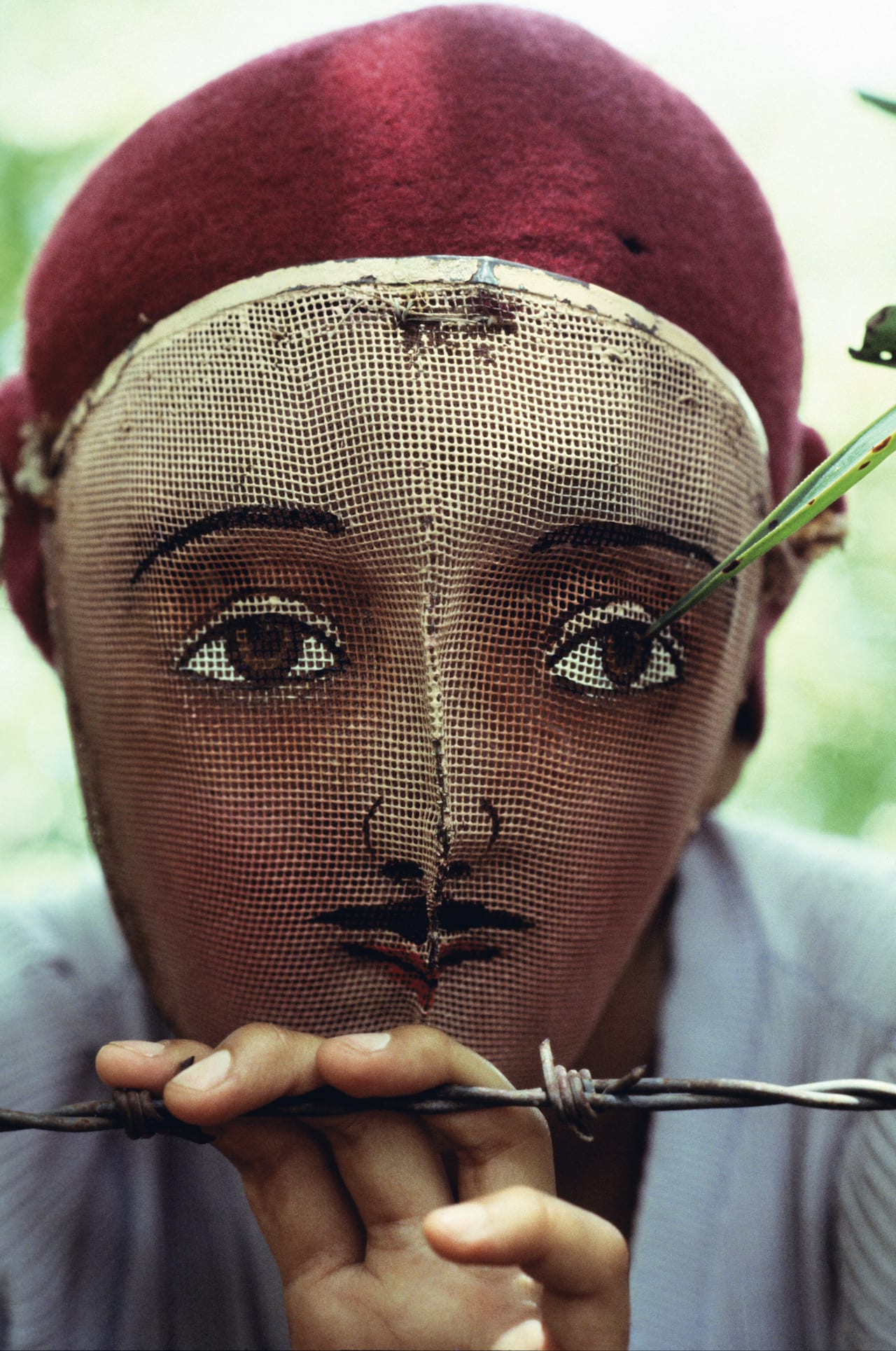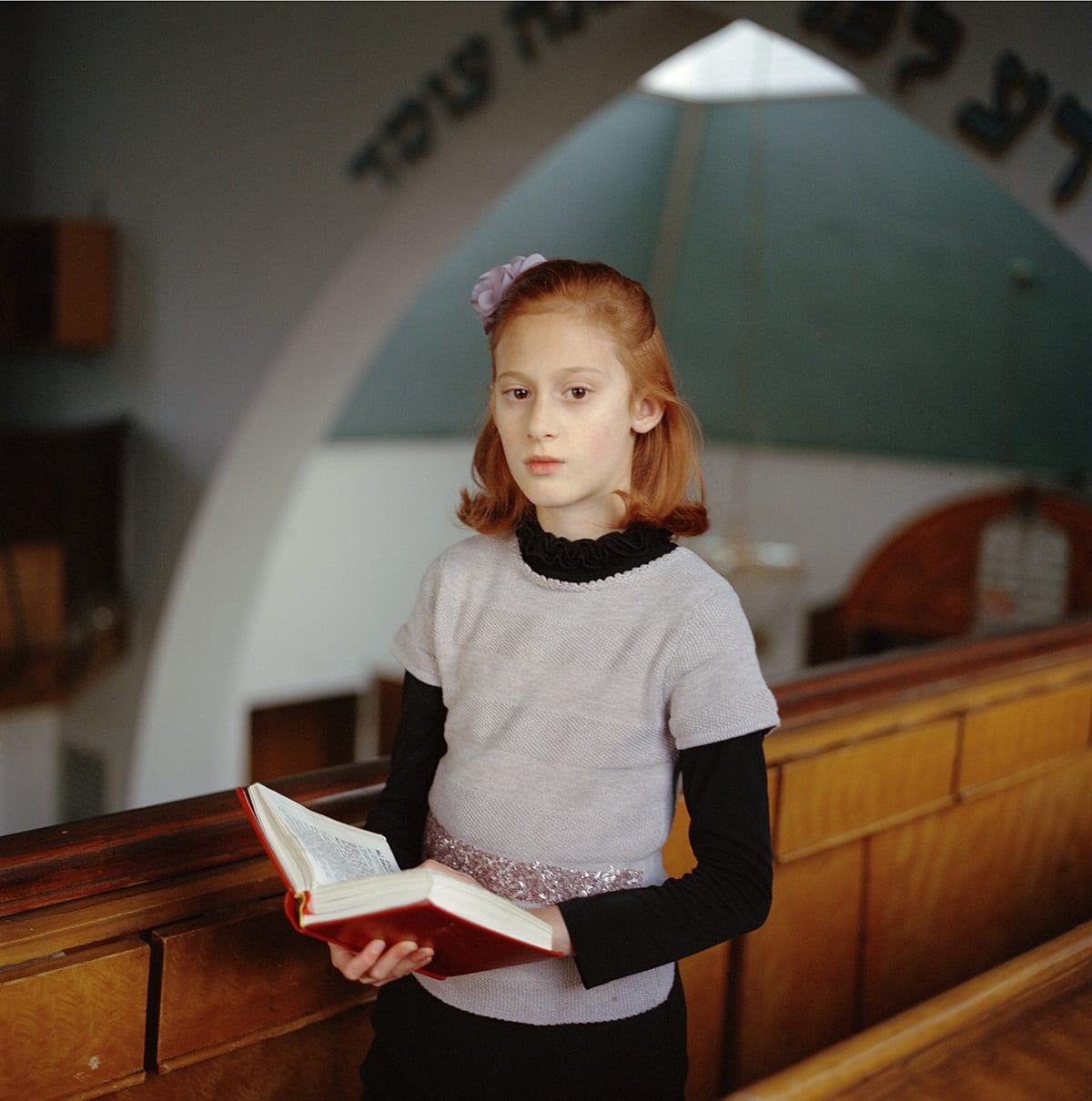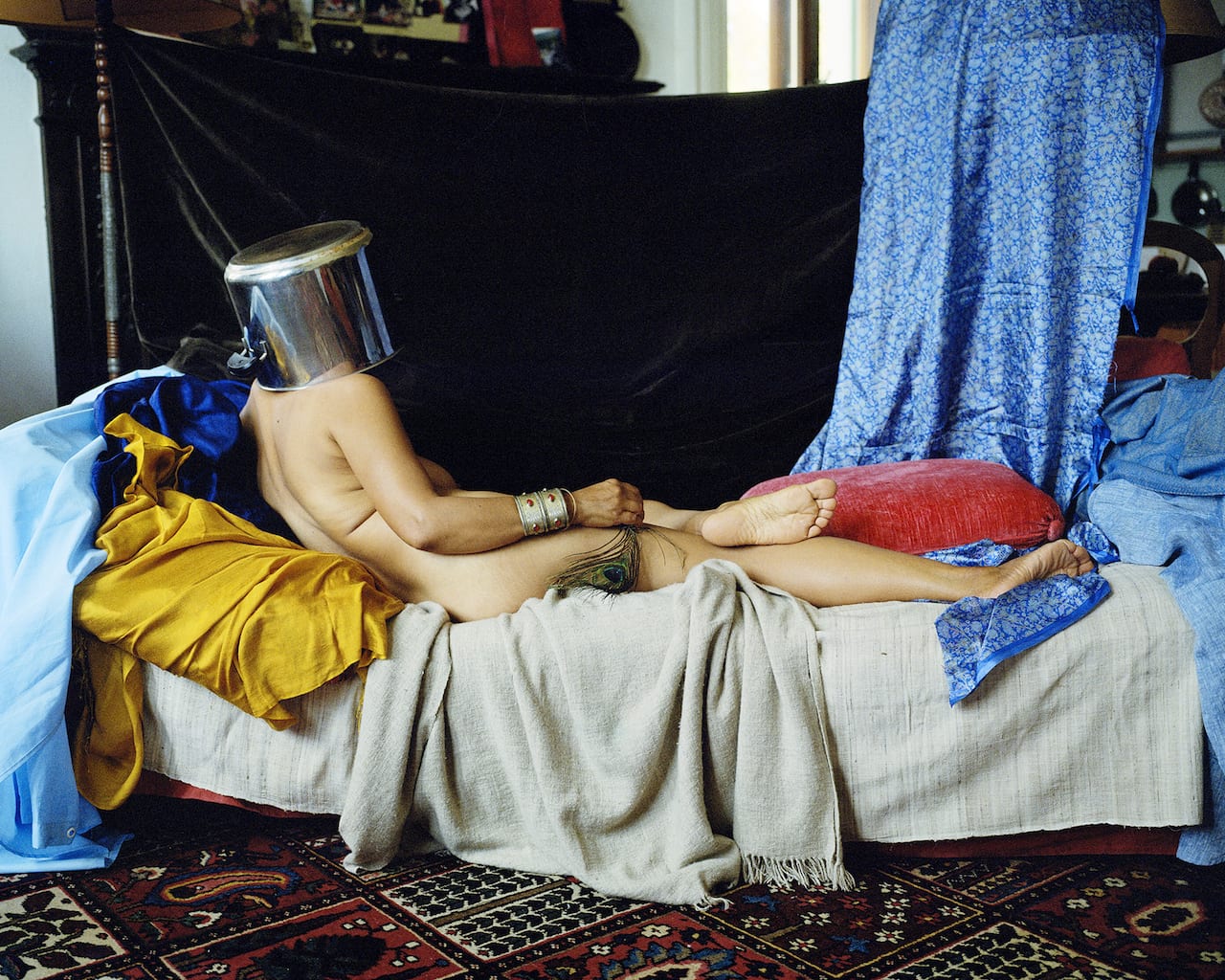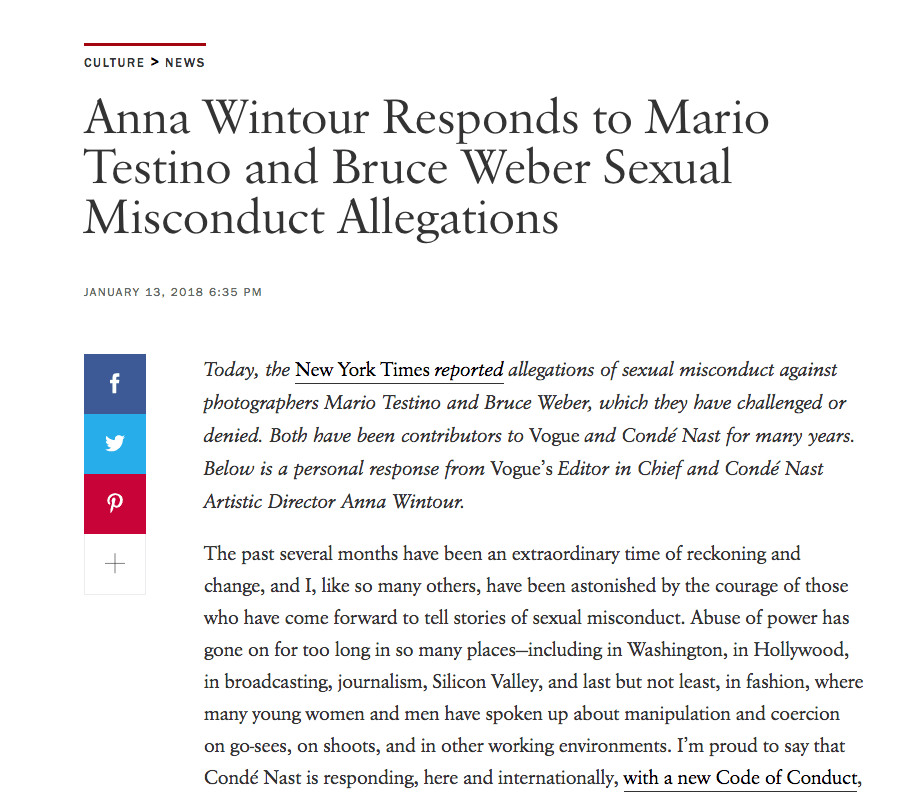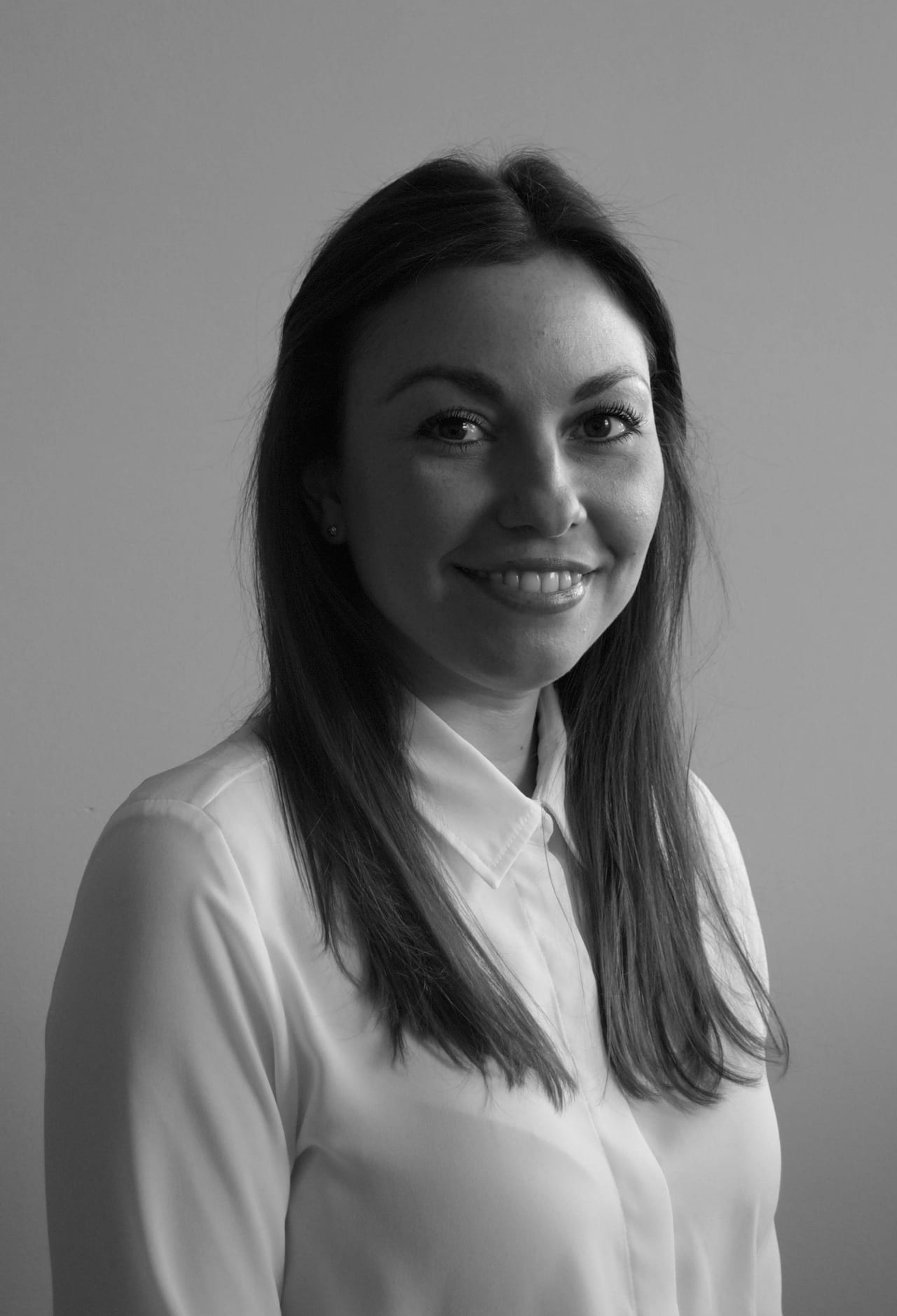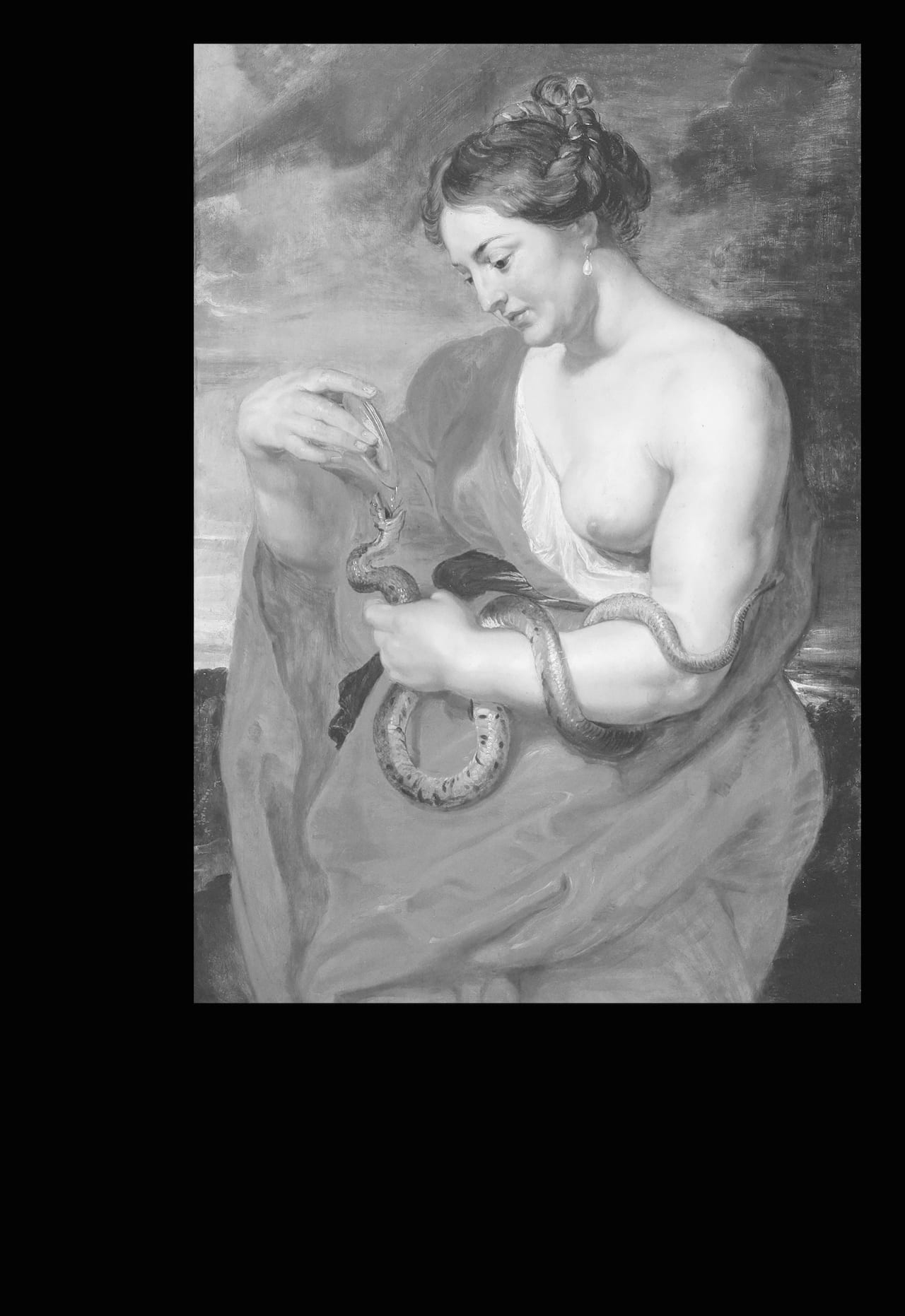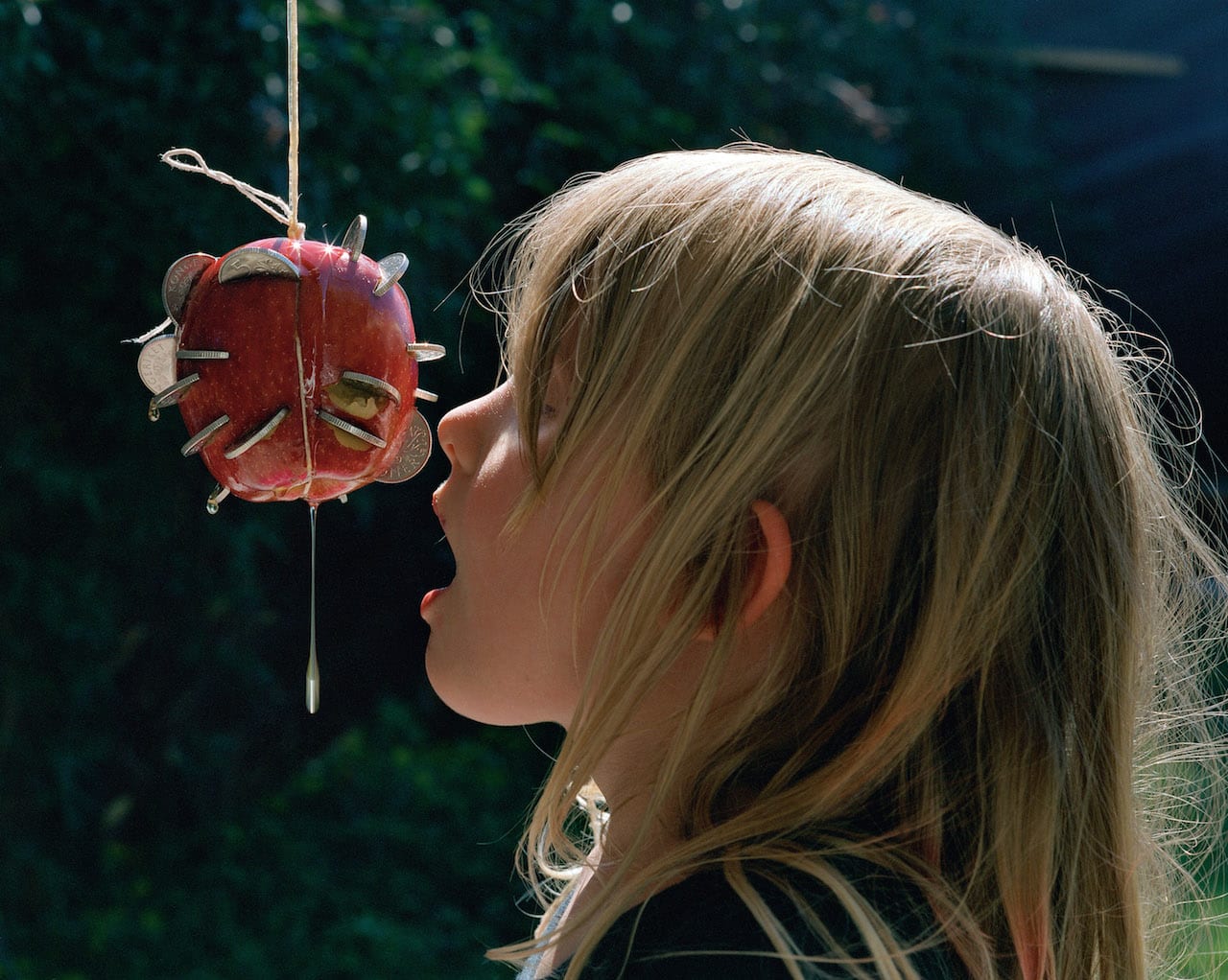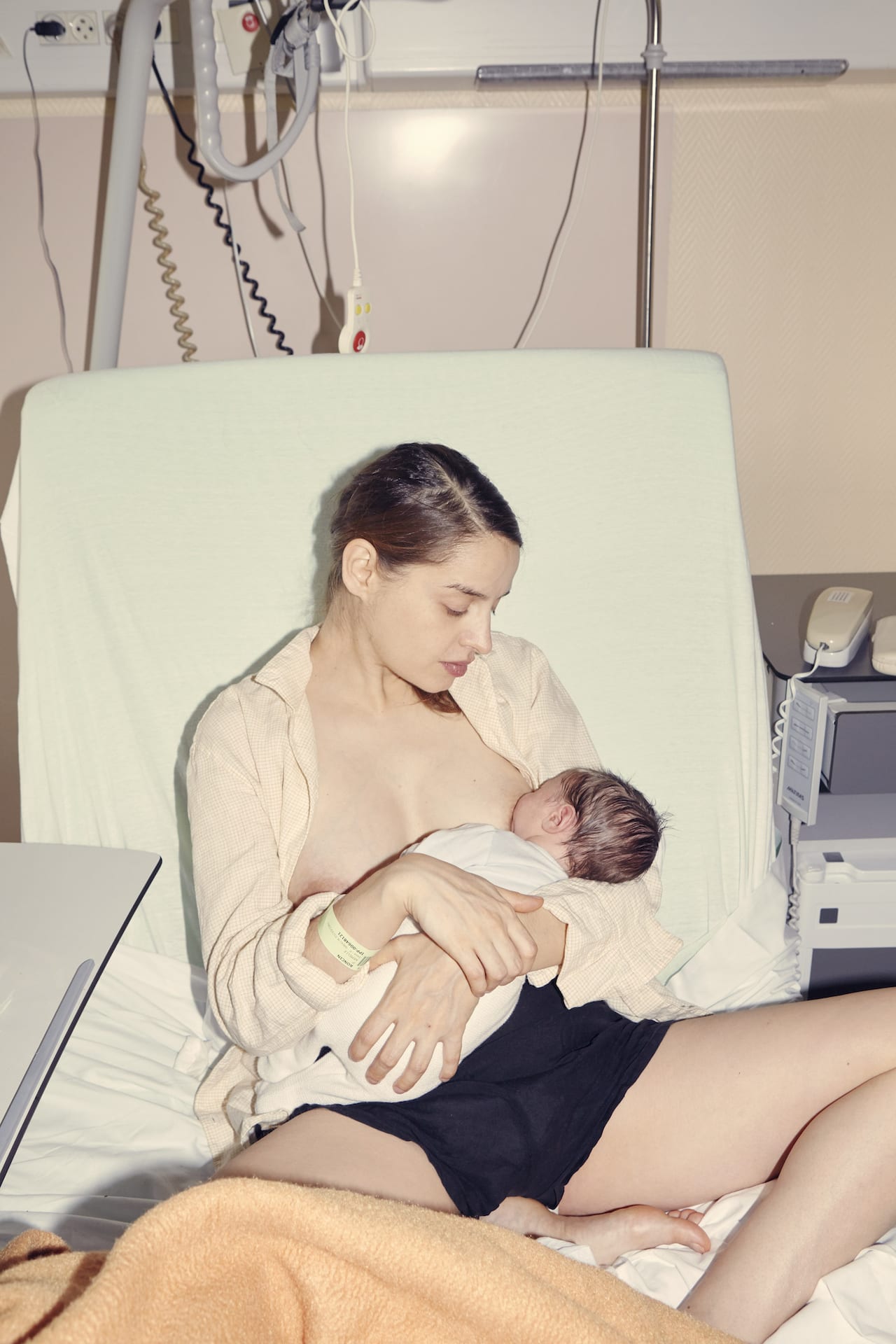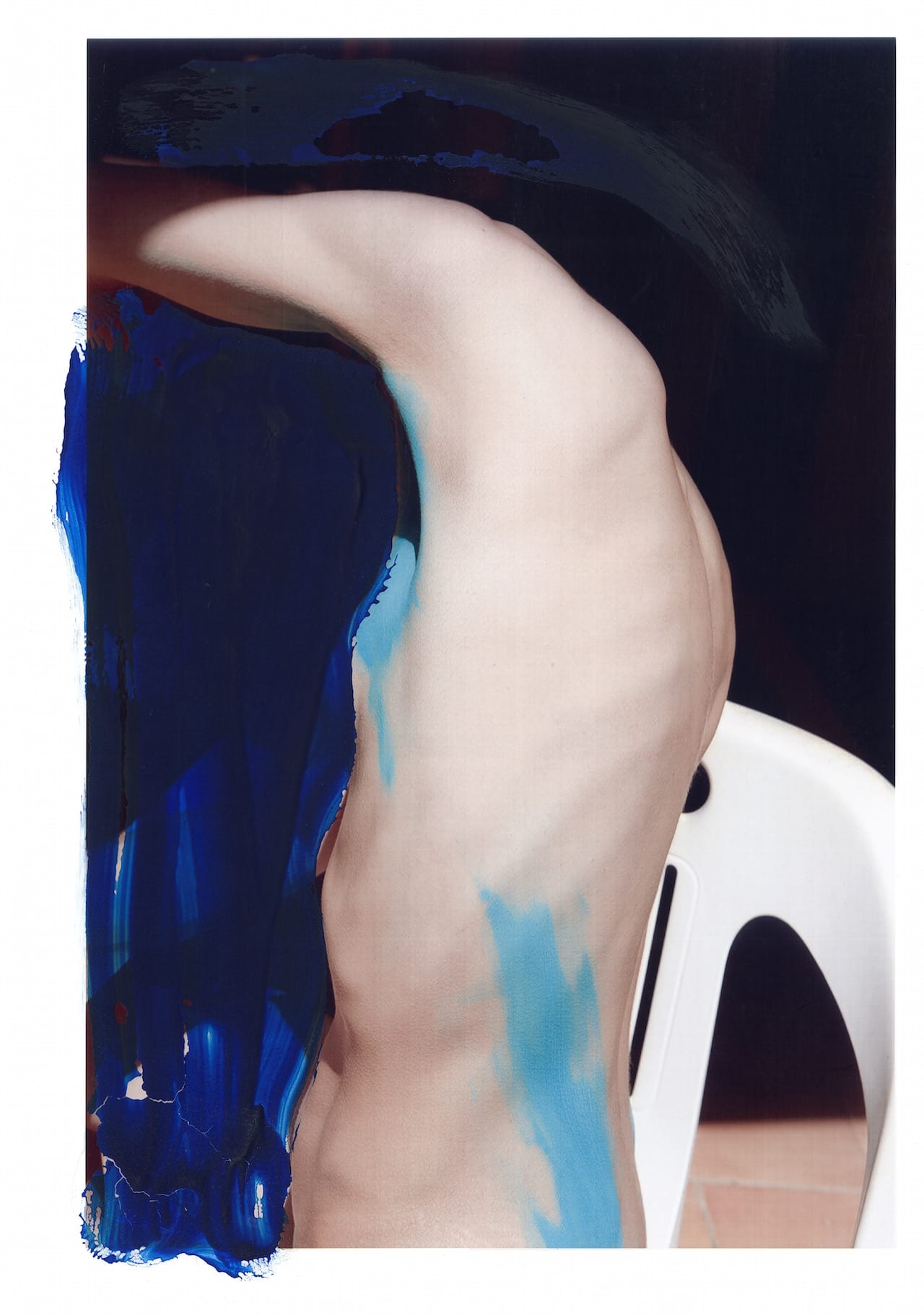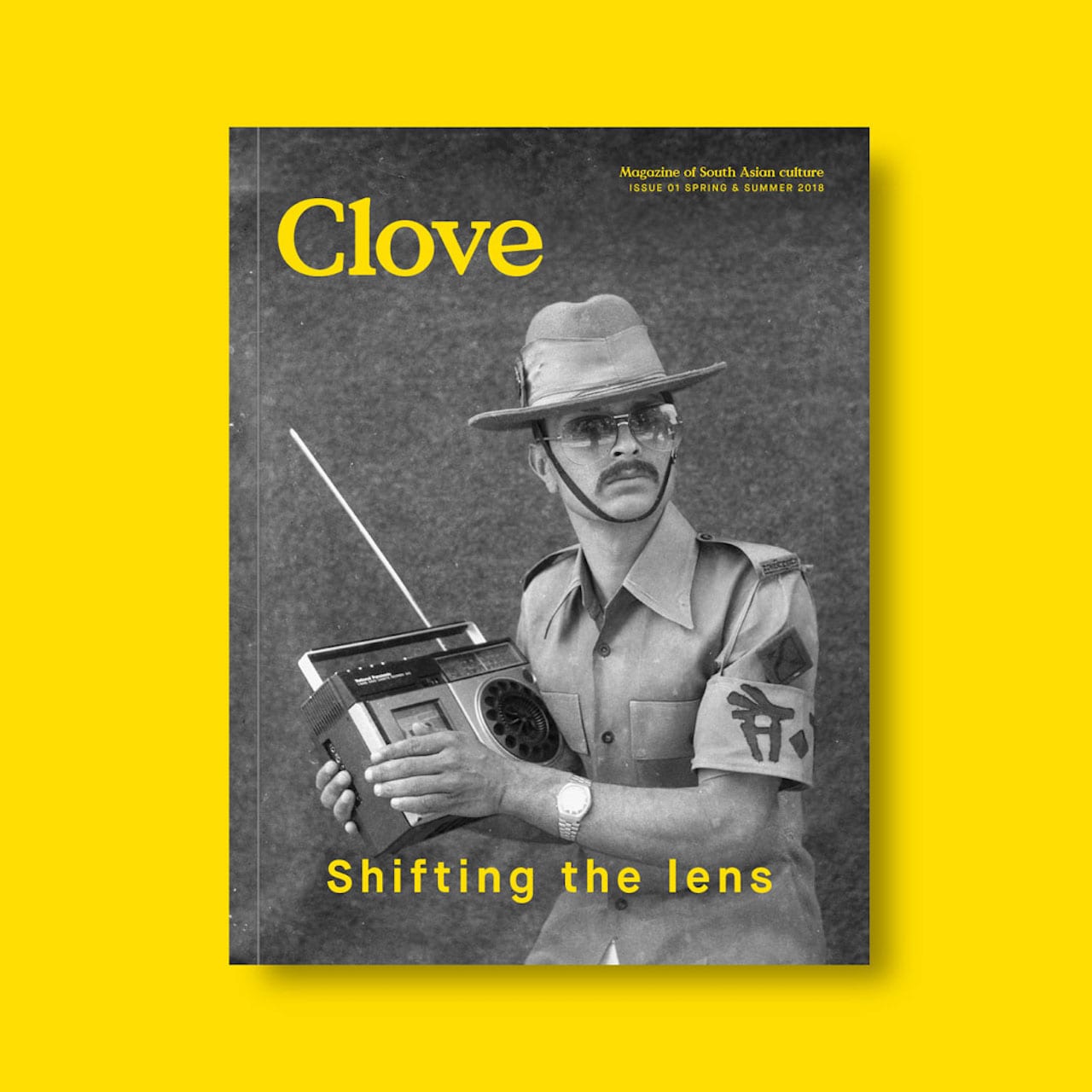Susan Meiselas has been a pivotal figure in photography since her career began in the 1970s, a decade when the ethical discussion surrounding the inspiration, intent and dissemination of documentary image-making was rampant. Perpetually questioning the motivation and perception of her images, the American has spent her life grappling with these issues, practising what it means to document something outside of her own personal experience. This spring (06 February to 20 May), Jeu de Paume in Paris presents Mediations, a retrospective revisiting her vast oeuvre, beginning with early portraits that include 44 Irving Street (1971) and Carnival Strippers (1972-75).
